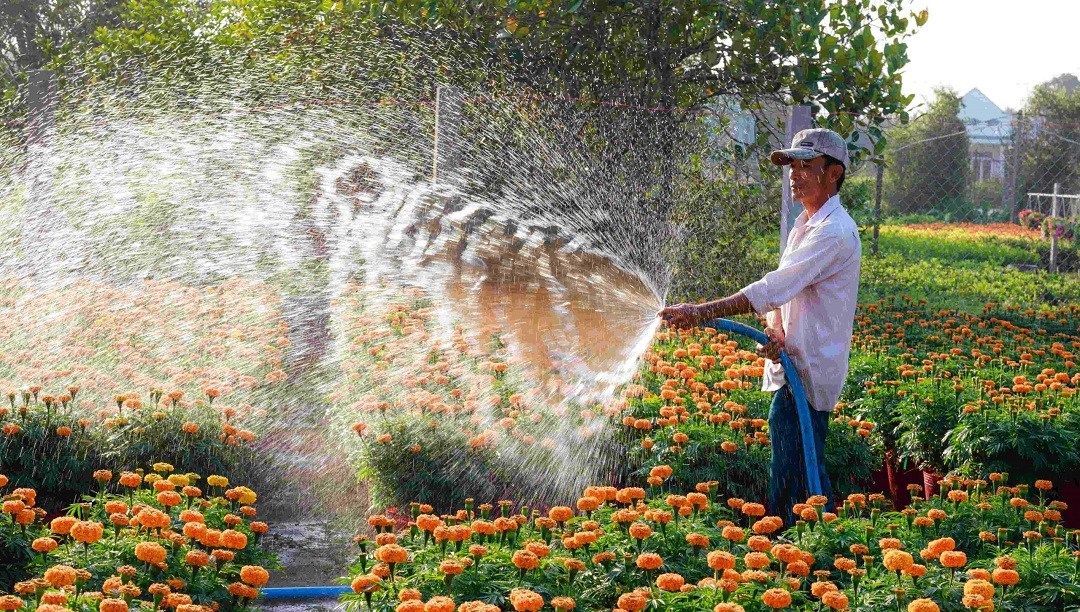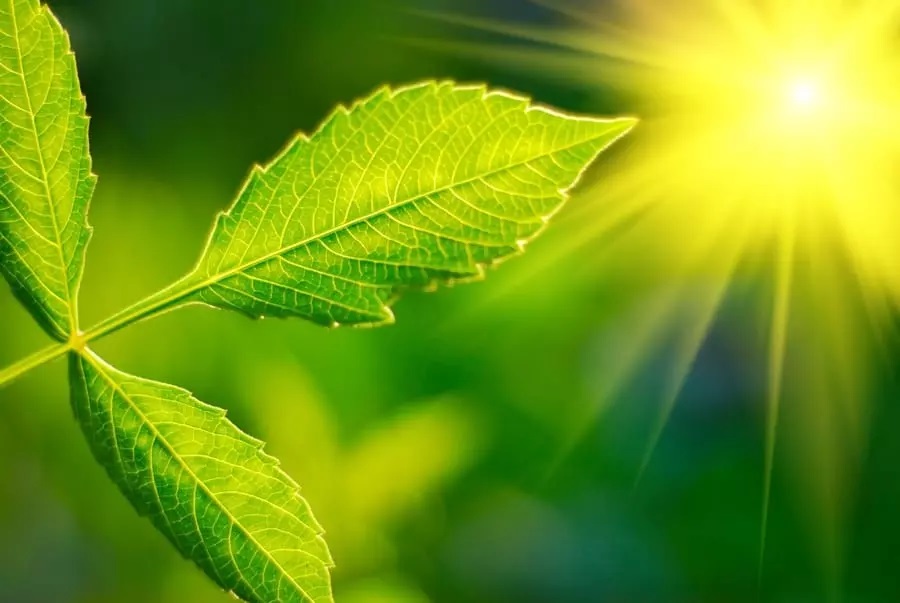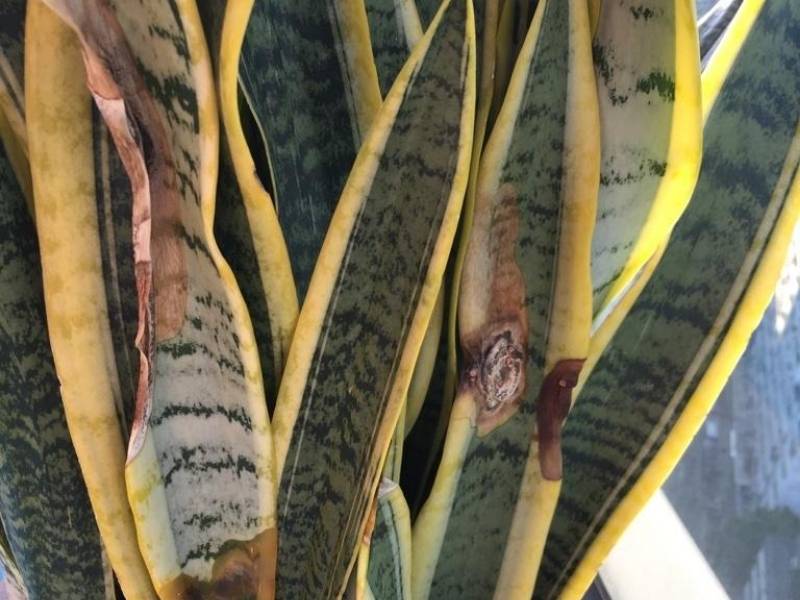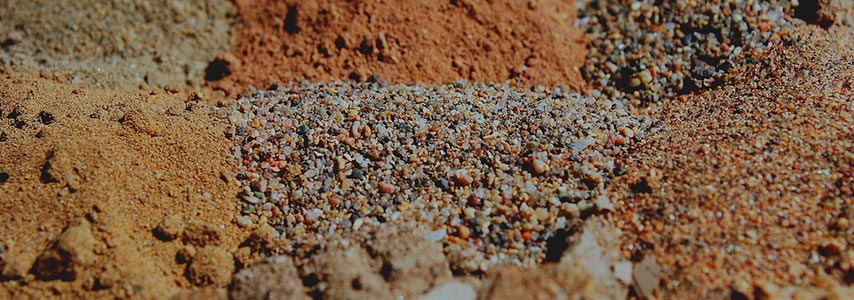Snake plants are pretty popular among houseplants because of their attractive appearance. But when their leaves start turning yellow they look rather very ugly. And if you don’t take care of them timely they’ll become weaker day by day and eventually die.
If you take the right approach you can bring your snake plant back to its beauty. And for that, you have to find out the correct reason that’s causing the yellowing.
So, why are the snake plants turning yellow?
Wrong watering, extreme sun exposure, fungal diseases, insect attack, nutrient imbalance, unsuitable soil, and transplant shock are the major 7 reasons that turn the snake plants yellow.
In this article, we’ve discussed all these reasons with their solutions so that you can easily treat the yellow leaves on your snake plants.
Why Are The Snake Plants Turning Yellow?
1.Wrong Watering Of Snake Plant

The most common reason for your snake plant turning yellow is overwatering. You see, watering is crucial for any plant but sometimes we forget that too much water does more harm than any good.
Roots of overwatered snake plants get injured and become unable to supply nutrients to the plant. As a result, the snake plant leaves turn light green in color, later they turn yellow. Remember that overwatering is very dangerous because It leads to root rot.
Underwatered snake plants also take the same appearance. The leaves curl and turn yellow just like any overwatered plant.
Control Measure
Since both overwatering and underwatering make the leaves yellow, it’s hard to say which one is causing the yellowing. But here’s a trick, over-watered leaves will be soft and drooping while the under-watered leaves will appear crispy and dry.
Watering the right amount is very important because wrong watering for a long period will definitely kill your snake plant. So, you have to save your yellow snake plants before it’s too late.
Water them every 2 weeks. But the amount of water varies greatly with environmental conditions. You can get a moisture meter to know how much to water (our pick: Atree Soil 3-in-1 Soil Tester Kits). Water only when the soil is dry.
2.Too Much Sunlight

Snake plants cannot live without sunlight. But what happens if the sunlight becomes unbearable for them? Well, you see when your snake plants are exposed to the sun for longer than 6-7 hours, especially during very hot spells their leaves start to burn and they turn yellow.
Control Measure
You need to keep an eye on them during hot summers. Give them some shade in the afternoon. But make sure they get 5-6 hours of direct sunlight everyday.
If your indoor snake plants are kept near the window then they can also easily get burned. So, move them away from the sunlight in the afternoon.
3.Fungal Diseases

Remember when I said overwatering can be very dangerous? Here comes another reason for that! Root rot occurs when you overwater the snake plants. And this fungal disease damages the root so much that it fails to perform its regular functions.
The poor damaged roots do not supply enough water and nutrients to the plant. As a result, the snake plant starts to turn yellow at the bottom and wilt. If they are not treated timely your snake plant will start to die very soon.
Overwatering also brings other fungal diseases like leaf spot and anthracnose which stunt the growth of the plant and also turn the leaves yellow.
Control Measure
Fungal diseases are pretty much hard to get rid of because their spores spread through water, contaminated soil, and garden tools.
So, don’t waste any time if you think the root is behind the yellowing of your snake plants. Get a very good and effective fungicide and start spraying by following the package instructions (our pick: Garden Safe Brand Fungicide).
Repot your potted snake plants in a fresh soil mixture. And make sure the air circulation is good and don’t let the leaves stay wet.
Also, you can try a homemade fungicide that works.Here are the recipes below:
Recipe 1:- Baking Soda Recipe
Ingredients:
- 1 tablespoon of baking soda
- 1 teaspoon of liquid dishwashing soap
- 1 gallon of water
Steps:
- Mix these ingredients
- Put them into the sprayer
- Spray on both sides of the snake plant leaves
- Do not store the leftover mixture
#Recipe 2:- Cinnamon Fungicide Recipe
Ingredients:
- 2 tablespoons of cinnamon powder
- 1 liter of water
Steps:
- Mix them together
- Let this solution rest overnight
- Then strain with a fine cloth
- Pour it into the sprayer
- Spray on both sides of the snake plant leaves
Note: Try a small amount of homemade solutions in a leaf. If the leaf looks okay after a while then apply the solution to the whole snake plant.
4.Insect Infestation on Snake plants
Keep a close eye on your plants because insects can be the reason for the snake plants turning yellow and brown. Mealybugs and aphids are the main culprits.
Unfortunately most of the time these pests go unnoticed because of their tiny body size. They feed on the leaves by sucking nutrients out of them. As a result, the edges of the leaves become yellow and start curling.
Control Measure
Snake plants are commonly kept indoors so before choosing any chemical insecticides we have to make sure they are safe. Apply the best insecticide on them that is effective against the insect and at the same time safe for us (our pick: Bonide (BND951) – Systemic House Plant Insect Control).
You can also spray neem oil and horticultural oil. Check out the recipes:
#Recipe 1:- Neem Oil Recipe
Ingredients
- Half a tablespoon of neem oil
- 1 liter of water
Steps
- Add the ingredients and spray on the snake plants every week
#Recipe 2:- Horticultural Oil Recipe
Ingredients
- 1 tablespoon of liquid dish soap
- 200 ml of any cooking oil like olive oil or vegetable oil.
Steps
- Add the ingredients and mix very well
- Add 2-3 teaspoons of this mixture with every cup of water.
- Spray on your snake plants twice a week until the pests go away.
#Recipe 3:-Alcohol Spray Recipe
Ingredients:
- 250 ml of isopropyl alcohol
- 1 liter of water
Steps:
- Pour the alcohol and water into a mixing bowl and stir slowly
- Put the mixture into the spray bottle and spray on your snake plants
- Repeat twice a week as long as you need
5. Nutrient Imbalance
Imbalanced nutrition affects the p[lants big time. You see, without enough nutrients, the snake plants cannot produce enough food for themselves. As a result, they will turn yellow.
Then again, when the soil has too many nutrients, the roots get injured. So, the roots fail to function effectively. Unfortunately, excess nutrients also do the same yellowing.
Control Measure
Feed your snake plants with the best fertilizer by following the recommended dose (our pick: Aquatic Arts All-purpose HousePlant Fertilizer). You can also feed them organic compost and cow dung to make the soil more fertile.
In the case of your potted plants, feed them very little every few weeks of summer and spring. But stop giving any fertilizer during the winter season.
6. Unsuitable Soil

Having suitable soil is very important for snake plants. They thrive when the pH is between 6-6.5 and when the soil is well-draining. You see, compact soil doesn’t let water drain quickly. As a result, chances of the fungal infection get high and it results in yellowing of the snake plant leaves.
Control Measure
You need to keep the soil pH within its preferred range. You can check the soil with a pH meter and amend the soil with acidic or alkaline fertilizers.
Sometimes potted soil becomes too compact when kept for a long time. In this case, add some sand and loosen the soil mechanically. If necessary transfer the plant in a bigger pot in fresh soil. But never overcrowd them in one place.
7. Transplant Shock
Transplanting is sometimes necessary to save the snake plants but it can also be the reason for its discomfort. When the plants are transplanted they take some time to adjust to a new place. The roots also take some time to get settled. During this time it’s very normal for the snake plant to turn yellow.
Control Measure
You can avoid transplant shock if you provide them with the conditions they like. So, water right after transplanting. Make sure the soil is rich with nutrients and the plant is getting enough sunlight.
While uprooting the snake plants from the pot, be very gentle with the roots. Because if you end up damaging the root your plants will take a much longer time to recover. And don’t transplant during the winter.
Conclusion
There are multiple reasons why the snake plants are turning yellow. Sometimes only one reason is enough for this problem. The challenge is to figure out what is the exact reason behind the yellowing so that you can start the proper treatment.
I have tried my best to put all the information to bring back your plants to their natural form. I hope you found it helpful and simple to comprehend. If you have any questions or other kinds of experiences regarding the yellow leaves please let us know.
